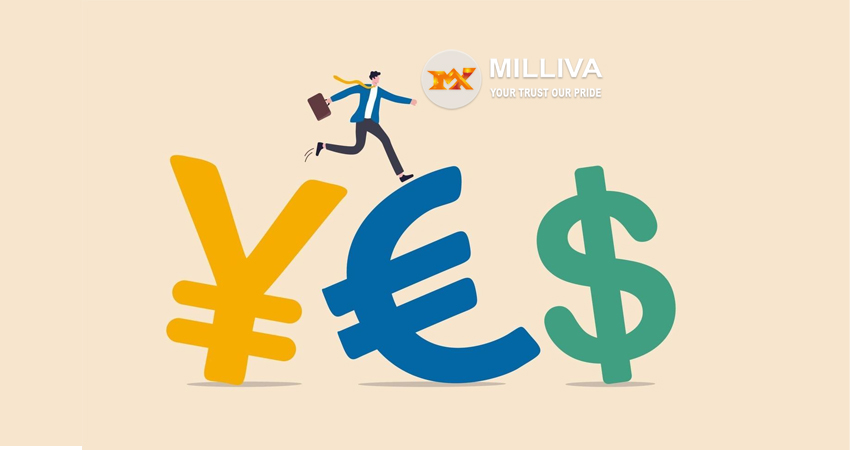List of Symbols for Foreign Exchange – Currency Trading

![]()
A currency Trading Symbol is a graphical depiction of a currency’s name that’s used as a shorthand. There are two standard currency symbols for each country. When it is evident which country’s currency addressed, a local currency symbol used. When required to explain which country’s currency mentioned, an international currency symbol may add letters. Learn about the history and function of common monetary symbols.
Currency Trading Symbol Definition and Examples
When expressing a monetary sum, a currency sign used alongside a number. For example, $100 denotes one hundred dollars (in the United States, Canada, or any other nation that uses the term “dollar” as its currency name), while £100 denotes one hundred British pounds.
Australia, Mexico, New Zealand, and Singapore are among the nations that use the “$” sign to symbolize their currency, joining the United States and Canada. Other currency symbols include “€” for the euro. Which used in 19 of the EU’s 27 member nations; “for the Japanese yen. And “kr” for the Norwegian krone, which is generally represent “kr” follow by the quantity.
How Do Currency Trading Symbol Work?
The history of financial symbols is as old as the history of money. Countries, on the other hand, continue to create new money symbols. The Indian rupee graphic (), for example, adopted by the Indian government on July 15, 2010. The most often used sign for the rupee prior to its introduction was “Rs” or “Re.”
The emblem of the Indian rupee is an illustration of Indian culture. It’s a mix of Devanagari “Ra” and Roman capital “R,” with two horizontal stripes running across the top representing the national flag and the “equal to” sign. The emblem pick by the Ministry of Finance from thousands of submissions in an open competition among Indian residents. Udaya Kumar, a post-graduate design student, designed the winning design.
The euro (€) was first introduced to global financial markets on January 1, 1999, after designated in 1995. It is the official currency in 19 of the EU’s 27 member states. With two parallel lines symbolizing stability, the symbol is based on the Greek letter epsilon (). It also represents the initial letter of “Europe.”
In summary, a currency symbol is a simple means of expressing a country’s currency. It symbolizes a specific monetary value when combined with a number.

Currency Pairs
The currency pairs in forex are of 2 types. They are Major Currency Pairs and Minors and Exotic Pairs. lets have lot at it detailed.
Major Currency Pairs
The euro versus the US dollar, sometimes known as EUR/USD, widely traded currency pair. It is, in fact, the world’s most liquid currency pair since it is the most heavily traded. 1 The currency rate EUR/USD = 1.2500 indicates that one euro is worth 1.2500 US dollars. EUR is the base currency, while USD is the quote currency in this example (counter currency). This indicates that one euro swapped for 1.25 dollars in the United States. Another way to look at it is that buying 100 euros will cost you $125.
The number of currency pairs is equal to the number of currencies in the world. As currencies come and go, the total number of currency pairs varies. The volume traded on a daily basis for each currency pair is used to categorise all currency pairs.
The main currencies are the currencies that trade the largest volume versus the US dollar, and they include:
Because both Canada and Australia are wealthy in commodities and are affected by their prices, the final two currency pairs are known as commodity currencies. The most liquid markets are the major currency pairs, which trade 24 hours a day, Monday through Thursday. The currency markets start on Sunday evening and close at 5 p.m. Eastern time on Friday. 2
Minors and Exotic Currency Pairs
Minor currencies or crosses are currency pairs that are not linked to the United States dollar. These pairs have slightly wider spreads and are less liquid than the majors, but they are still viable markets. The currency pairs with the highest volume of trading are those in which the individual currencies are also majors. EUR/GBP, GBP/JPY, and EUR/CHF are some examples of crosses.
Emerging market currencies are among the exotic currency pairs. These combinations are less liquid, with substantially bigger spreads. The USD/SGD (US dollar/Singapore dollar) is an example of an unusual currency pair.

Visit us on: www.milliva.com





